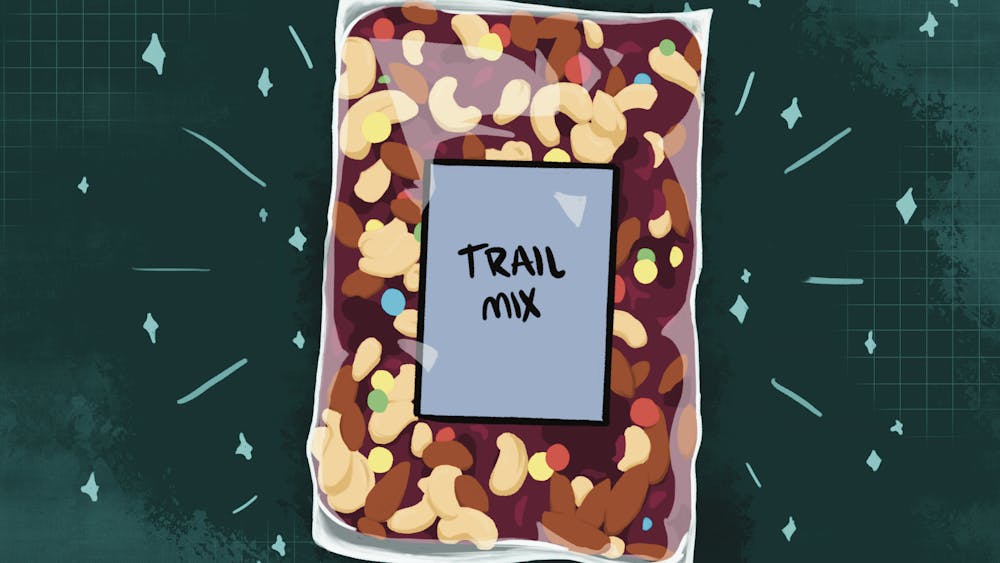"I think we've started to see the beginning of something very interesting," said IU graduate student Gary Breaux, who worked with the study. "It's an exciting find in a field that was supposedly already predicted."\nIn the future, the breakthrough could revolutionize nanotechnology, technology the size of one-billionth of a meter.\nThe discovery runs contrary to conventional scientific theory, which states that substances melt at a lower temperature if they are reduced in size. Gallium melts at a low temperature, making it easier to work with, and was used because of this property. However, tests carried out by researchers at IU show that clusters of gallium atoms, as small as 17 atoms, actually melt at temperatures as high as 727 degrees Celsius. \n"Based on what people knew previously, if you made something smaller it would turn into a liquid," chemistry professor Martin Jarrold said. "What we've found is regions where (clusters of) 50 and 55 atoms don't melt easily, (clusters of) 39 and 40 atoms do melt easily and (clusters of) 17 atoms don't melt easily."\nThe project, funded by the National Science Foundation, was developed three years ago and research was done by a group led by Jarrold. The group started getting results over the summer, Breaux said. \nJarrold said there is still no explanation as to why certain gallium clusters maintain their physical state at high temperatures.\nJarrold said the findings are a breakthrough but added that, although there are potential applications, current nanotechnology deals with things that are still too large to be able to use the findings practically.\n"Nanotechnology is not really shrinking things down to the sizes we're looking at," he said. "In the future this is a problem that people will have to address. We're kind of doing the groundwork for the future."\nThe researchers have begun testing other materials as well. \n"We've done a lot more work than the work that's just been published," Jarrold said. "Recently we've been looking at sodium chloride, but that's behaving as expected"
IU makes big find in field of small science
Get stories like this in your inbox
Subscribe





